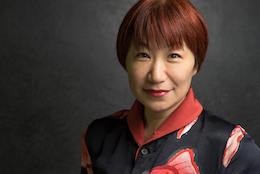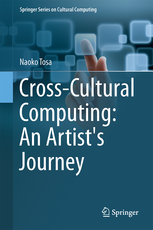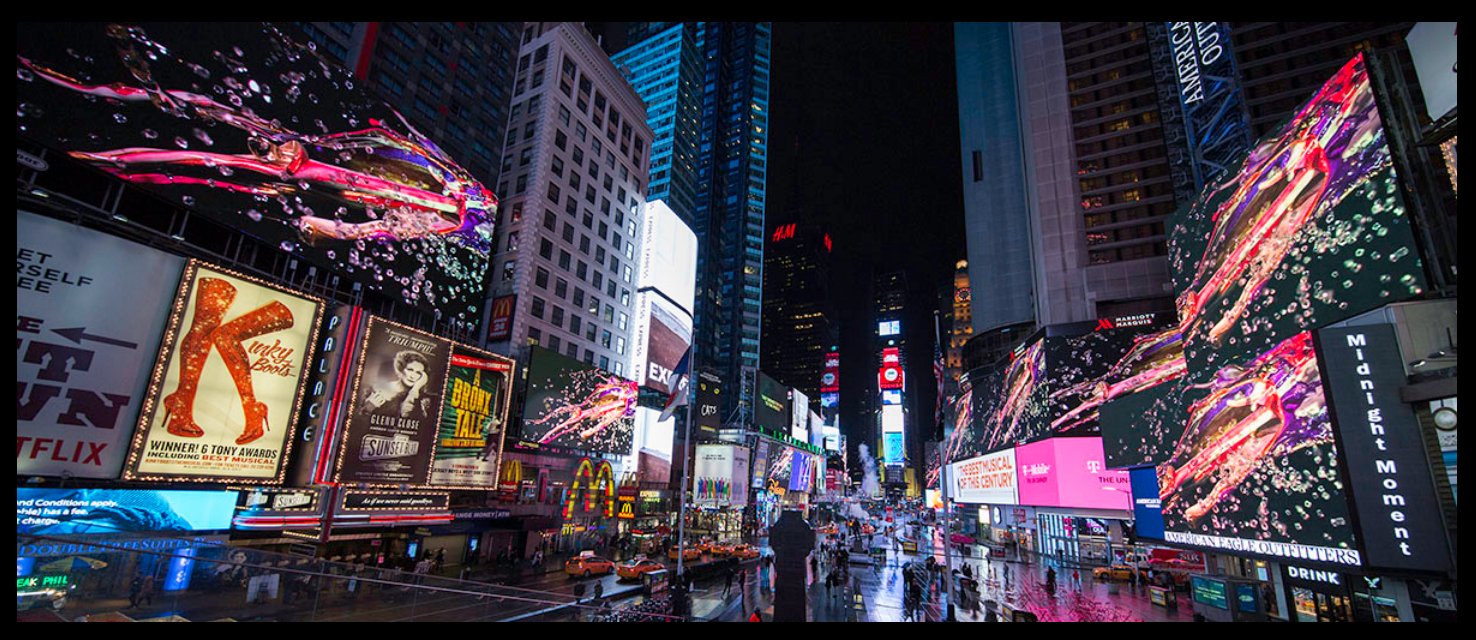| Abstract | |||
Traditional beautiful objects that remain until now must be the ones created or developed using cutting- edge technologies of the time. Examples are Buddha statues in Nara, the pyramids in Egypt, etc. Living in Kyoto, I have many chances to meet heads of traditional art schools. I have been impressed by the fact that they have not only tried to keep their traditions, but also to find new entertaining values in them and to change them from time to time. Because of this, these traditions could survive until now. As an artist fellow at MIT in Boston in 2002, I created an interactive installation called ZENetic Computer based on Zen principles and using various Zen concepts such as Dry Landscape Gardens, Zen Dialogues, the Ten Ox-herding pictures, etc. and exhibited it at MIT Museum. I wanted to exhibit the system at one of the Zen temples in Kyoto for a month. The chief priest of the temple agreed to this request saying that such an exhibition would be a good chance for the young generation to understand Zen. Through these experiences I developed the concept of Cultural Computing; by which I thought it is possible to express Japanese culture, including art, by utilizing information technologies, thereby allowing foreing visitors a depper understanding. During the ten years since then that I have lived in the westernized Japanese society, I have found that Japanese traditional beauty vigorously survives in myself. I, as a media artist, have found that Japanese beauty exists in various forms, for example: decorative handcraft, beauty of minimalism that throws away unnecessary items and focuses on motifs, close-ups of a small part, composition of asymmetry, aesthetics of change, aesthetics of blank (or Wabi-Sabi), specific sacred beasts, such as a dragon and a tiger, Japanese nature, plum flowers, the mind to appreciate cherry blossoms, paintings expressing the four seasons in Japan, etc. In particular, through a projection mapping project, supported by the Kyoto Prefectural Government as one of the events to celebrate the 400th RIMPA anniversary, I have noticed that I am one of the successors of Japanese traditional culture. | |||
Prof. Naoko Tosa | |||
| Professor, Academic Center for Computing and Media Studies, Kyoto University | |||
 | Short bio |  | |
Naoko Tosa is an internationally renowned Japanese media artist. After receiving PhD from the University of Tokyo, she was artist fellow at the Centre for Advanced Visual Studies at MIT from 2002 to 2004. Currently she is a professor at Kyoto University. Her artworks focus on the expression of Japanese tradition and culture by utilizing technology. She has exhibited her artworks at the Museum of Modern Art in New York, the New York Metropolitan Art Museum, ARS Electronica, etc. In 1997, the L’Oreal Grand Prix awarded her Art and Science first prize. In 1997, the L’Oreal Grand Prix awarded her art and science first prize. In 2012 she exhibited her artwork on LED screen of 250mx30m at Yeosu Expo in Korea. She has been appointed by the Agency for Cultural Affairs, Government of Japan as a Japan Cultural Envoy 2016. Museum Collections: The Museum of Modern Art in New York, The National Museum of Art, Osaka/Japan, The Museum of Modern Art, Toyama/Japan, Nagoya City Art Museum, Nagoya/Japan, and Takamatsu City Museum of Art, Takamatsu/Japan. www.naokotosa.com
Research reference
| |||
 | |||